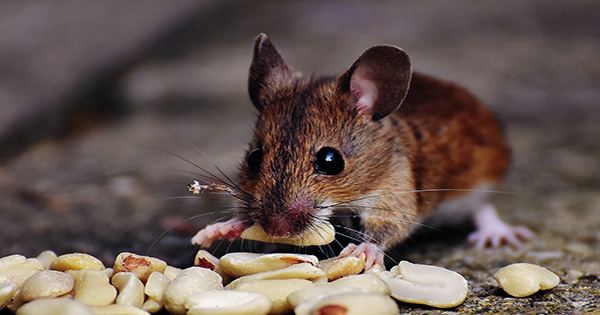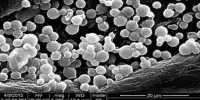In the news today “Welcome to Australia, the following scary creatures are on your way”, the country is being hit by a rat epidemic. According to the reporting system Mouse Alert, the areas around the southeast coast of Victoria, New South Wales and Brisbane are the most powerful, with mice watching in large numbers. The number of rats has been high for months, but the problem is getting worse as the country moves into winter, and rats are seeking shelter indoors.
“People are putting their beds in buckets or buckets of water, but the rats are still scurrying, jumping on their beds and biting,” Javier Martin, vice-president of the New South Wales Farmers’ Association, told The Telegraph. Martin added to ITV News, “When they go out to eat, when they spread seeds for food they start cannibalizing, they start eating each other,” Martin added to ITV News. “They’re pretty disgusting animals and of course they’ve taken a lot. They burned down our homes, our sheds, our vehicles, our tractors, and our machinery.” Bumper crop farms have left plenty of grain land to feed the rats and with abundant food supply they grow above normal levels.
Rats can breed from about six weeks of age and give birth to 10 liters of puppies every 19 to 21 days. A mild and humid summer has given rats ideal conditions for breeding, which continued after the fall, the Commonwealth Scientific and Industrial Research Organization (CSIRO), Australia’s national science body, said in a press release. “There is no break in doll production.”
The harassment has gotten so bad that the deputy prime minister (in a country with hundreds of deadly spiders and other horror animals) announced this week that “the only good mouse is a dead mouse”, when the New South Wales government bought 5,000 liters. Rat poison, as winter approaches, the CSIRO advises people in urban areas to look for rats, as well as animals to seek shelter. “People in urban areas will scatter holes in their homes, cracks in walls, roof spaces and where pipes come through walls will pack holes with steel wool or space invaders. Rats can squeeze in very small spaces but they won’t” eat through steel wool. Put seals on doors,” they wrote, adding that pet owners should clean up left-handed foods that might attract them.














